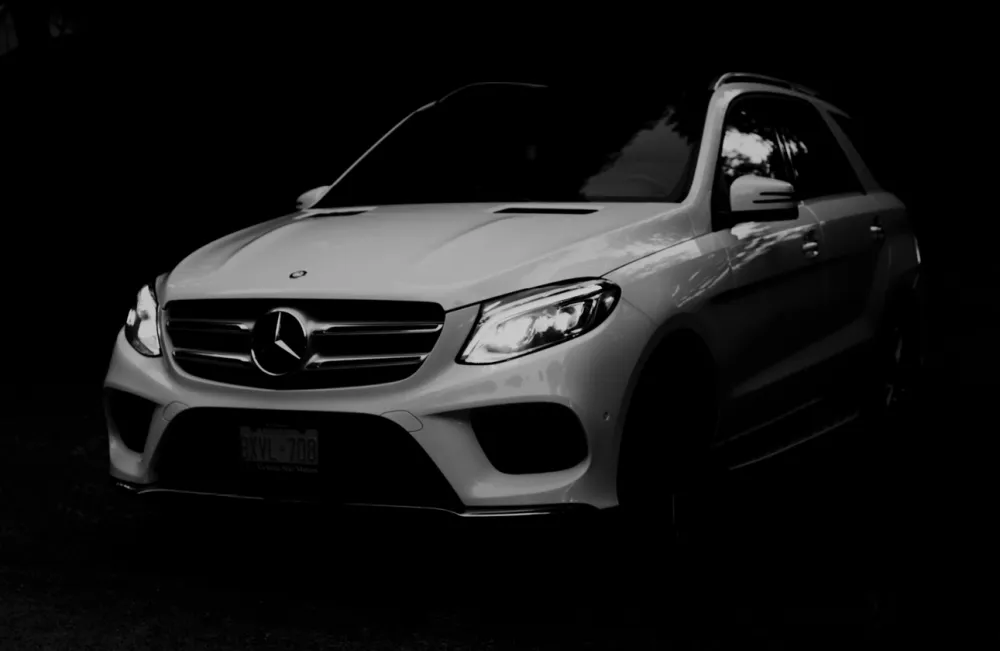The car (insurance) of the future

14 July 2020
The development of motor technology is making cars safer, smarter, and more efficient - and the evolution is just getting started. Kate O’Connor, Head of Business Development, DUAL asks: What will our cars look like in 2030, and how will motor insurance keep up?
The world looked very different in 2010. Back then the iPhone was only three years old, and half of us still had Nokias in our pockets. The country’s first electric car charging points were unveiled in Dublin, but electric vehicles were few and far between. Elon Musk was barely a blip on our radar. How much has changed in ten years. Smart phones are now the norm, for one thing. The Internet of Things has blurred the lines between the present and the future. Our watches can tell us our heartrate and stepcount, our thermostats can turn themselves on when we’re nearby, and our lightbulbs can be voice-activated. Our cars have evolved, too.
The car of 2020
Back in 2010, our motors were more car than computer. But fastforward to the present, and our vehicles have been smart-ified. We now have headlights that know how dark it is, and cars that can park themselves. Most modern cars come with rear back-up cameras, rainsensing wipers, real-time traffic and speed-camera warnings, sat-nav, Spotify...the list goes on. Our cars aren’t just getting smarter – they’re getting cleaner, too. There are more electric cars on the roads than ever before (around 9,000 in Ireland alone), and that number is going to grow. 20% of new private cars licensed in January were electric or hybrid, and the proposed ban on new petrol and diesel cars means we can expect to see more in the next decade. With so much change in the last ten years and with more to come, what will our cars look like in 2030? And can the insurance industry keep up?
The car of the future
These changes in motor technology have been designed to increase safety, ease, and comfort for drivers and passengers. Our cars are becoming more automated, with the vehicle itself performing more of the complicated or dangerous elements of driving. The next logical step - and the next major leap in motor technology - will be fully automated cars. Most of us have heard about the experiments by Google, Uber, and Tesla to create self-driving cars. This is just a small proportion of the research currently undertaken. More traditional car brands like Mercedes-Benz and Volvo are also working towards this future, imagining a world where self-driving cars leave us free to socialise, work, eat, or even sleep as we travel.
Driving in an interconnected world
Like us, our cars do not exist in a vacuum. As motor technology develops, the Internet of Things will continue to advance. Today, our windscreen wipers can turn themselves on when it’s raining. In ten years, smart road signs and markings could communicate with cars to prevent them going too fast, skipping red lights, or straying out of lane. Smart cars could communicate with each other, seamlessly adjusting speed and direction to avoiding collisions. And digital thermal sensors will be able to detect and react to pedestrians with far greater speed and accuracy than a human driver.
The insurance implications
With so many brands devoting so much money to developing motor technology, the future of cars is easy to imagine. The implications for the insurance world, however, are harder to foresee. In a future where everyone travels in self-driving cars, accidents could be almost non-existent. But if they do happen, who is liable? The owner of the car, or the manufacturer? If the manufacturer, how can one company afford to insure every car they produce? If someone owns a car but it drives itself, will the owner need product liability rather than motor insurance? And this future can’t happen overnight. What happens in the meantime? The aviation industry has seen several significant leaps in automation in the past 60 years. Each has reduced the number of accidents - but there was a temporary spike in accidents immediately following the technology’s introduction. Assuming the same is true for automated cars, we could expect a spike in accidents before the promised drop. Who will be liable for these?
Smart insurance
No-one can know what the future brings, but we at DUAL are prepared to react to whatever is coming. For example, our windscreen protection is unlimited, so will even cover the repair of the most sophisticated augmented windscreen. We also offer Agreed Value reinstatement as standard for every vehicle we insure, and we allow all named drivers over the age of 25 to drive any vehicle of any spec, fully comprehensive – perfect if your client wants to take their friend’s new Tesla for a test drive. The cover we offer is smart enough to keep up with your clients’ cars, however advanced they get. Get in touch to find out more.
Kate O’Connor is the Head of Business Development at DUAL, the world’s largest international MGA. DUAL Private Client specialises, amongst other areas, in high net worth personal insurance in Ireland and are backed by AXA XL, a division of AXA, one of the world’s largest insurance groups. t: 01 6640001 / e:enquiry@dualgroup.ie
This article was first published in the July edition of Irish Broker Magazine - read the PDF version.
